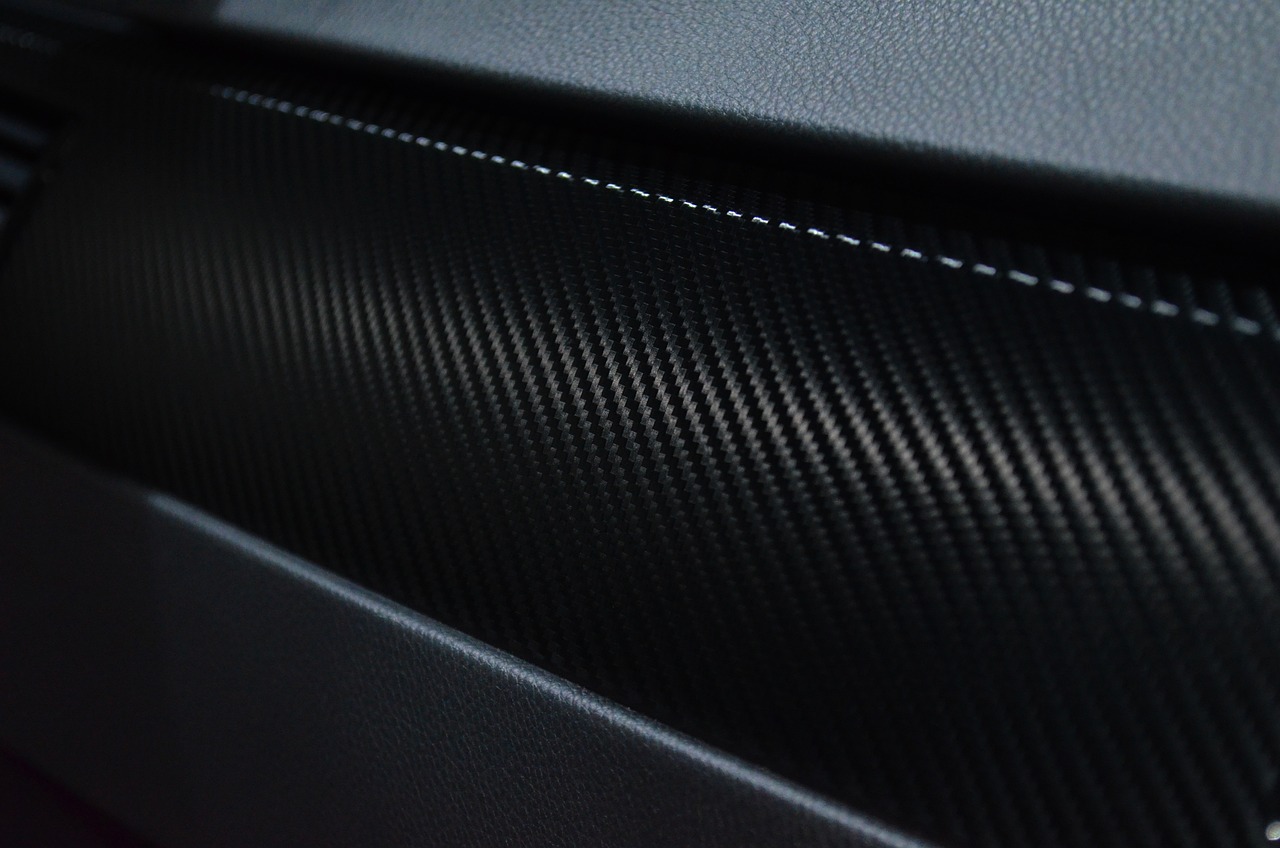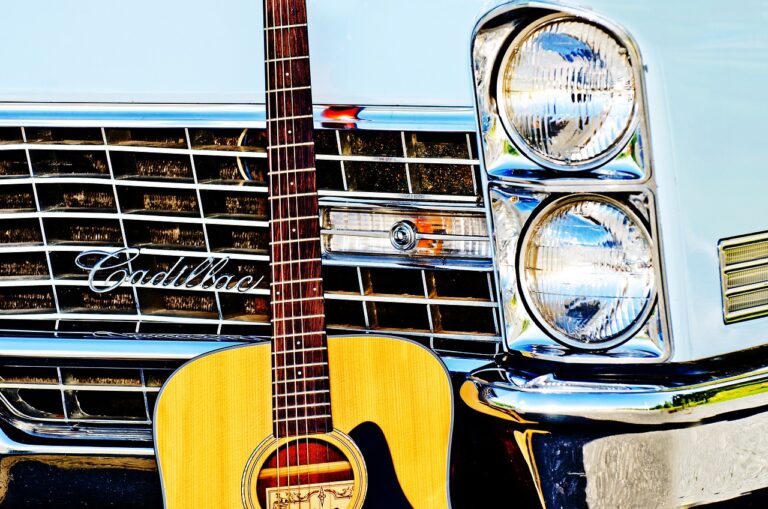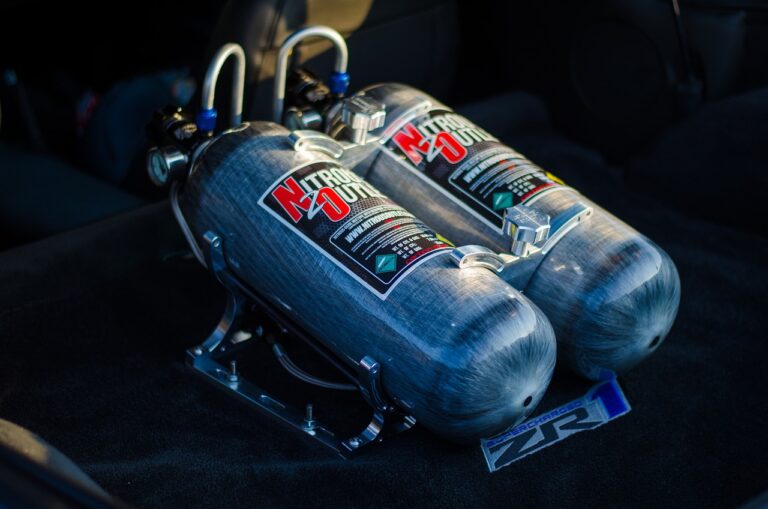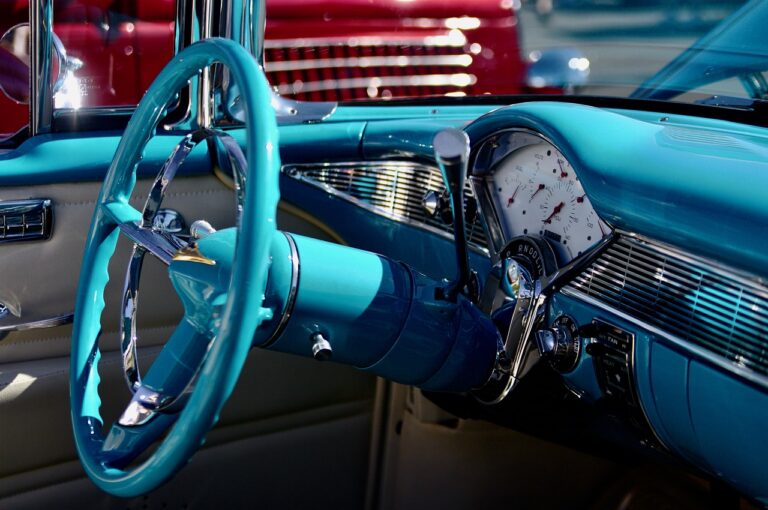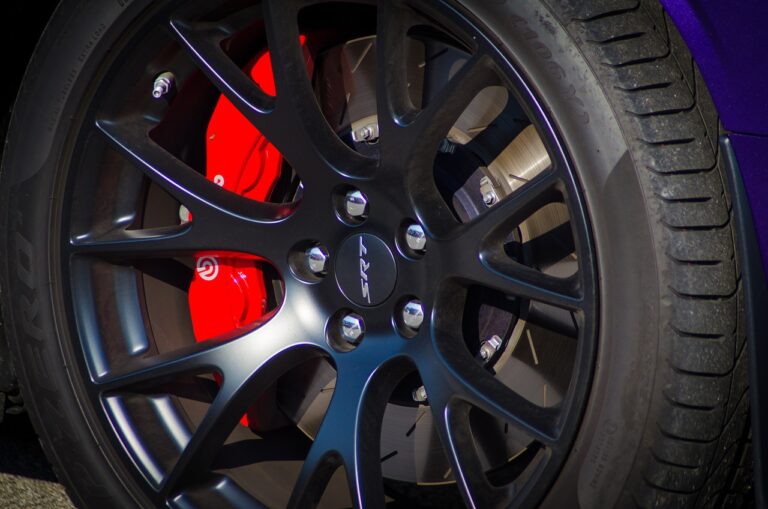The Growing Trend of Car Customization: Personalization in the Digital Age
Car customization has long been hailed as a quintessential form of self-expression in the automotive world. From simple aesthetic upgrades to more intricate modifications, car enthusiasts use customization as a means to showcase their individuality and personal style. Whether it’s a bold paint job, unique body kit, or personalized interior, each customization choice speaks volumes about the owner’s personality and taste.
In the realm of car customization, every detail holds significance. The combination of colors, materials, and accessories all work together to create a cohesive expression of the owner’s identity. Through the process of customizing their vehicles, individuals have the opportunity to transform a mass-produced car into a one-of-a-kind masterpiece that reflects their own vision and creativity.
The Evolution of Car Customization Over Time
Car customization has a rich history that dates back to the early 20th century when enthusiasts began modifying their vehicles to reflect their personal tastes and styles. In the early days, customizations were limited to simple aesthetic changes such as paint jobs and decals. However, as the automotive industry advanced, so did the possibilities for customization.
Over time, car enthusiasts started to explore more elaborate modifications, including engine upgrades, suspension tuning, and body kit installations. Customization became a way for individuals to differentiate their vehicles from others on the road and showcase their unique personalities. As car customization gained popularity, specialized shops and aftermarket manufacturers emerged to cater to this growing demand, providing enthusiasts with a wide range of options to personalize their vehicles.
The Role of Technology in Modern Car Customization
Technology has revolutionized the way car customization is approached in modern times. Advancements in software and design tools have made it easier for car enthusiasts to visualize and plan modifications before implementing them. From 3D modeling software to virtual reality applications, technology has made the customization process more accessible and efficient.
Furthermore, the integration of smart devices and connectivity features in vehicles has opened up a new realm of possibilities for customization. Drivers can now personalize their driving experience through customizable dashboards, ambient lighting, and even interactive voice command systems. Technology not only enhances the aesthetics of a vehicle but also adds a functional aspect to customization, allowing for a truly personalized driving experience.

